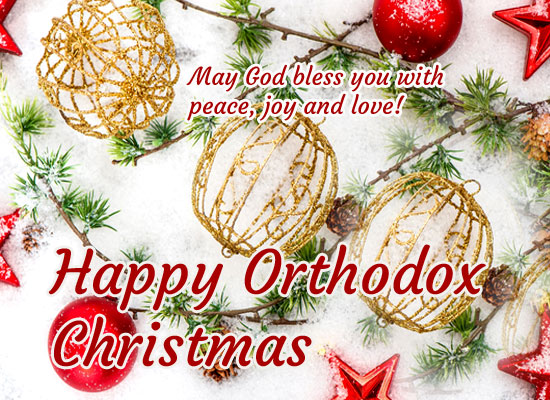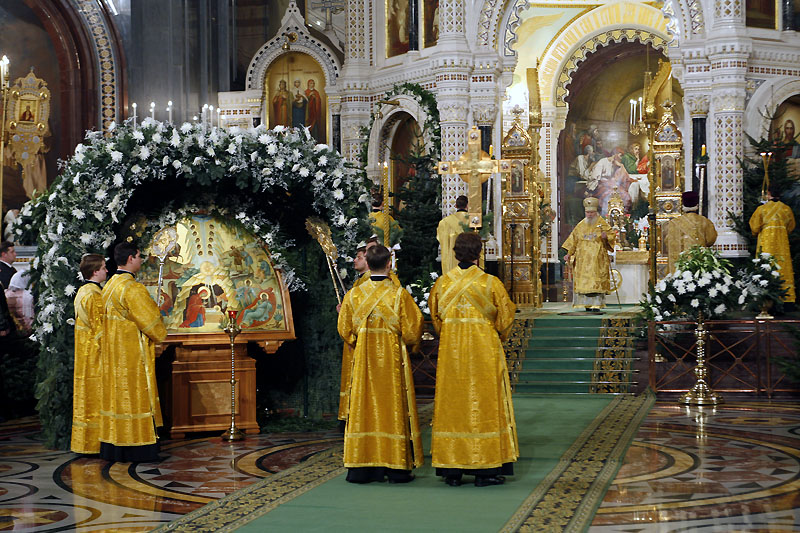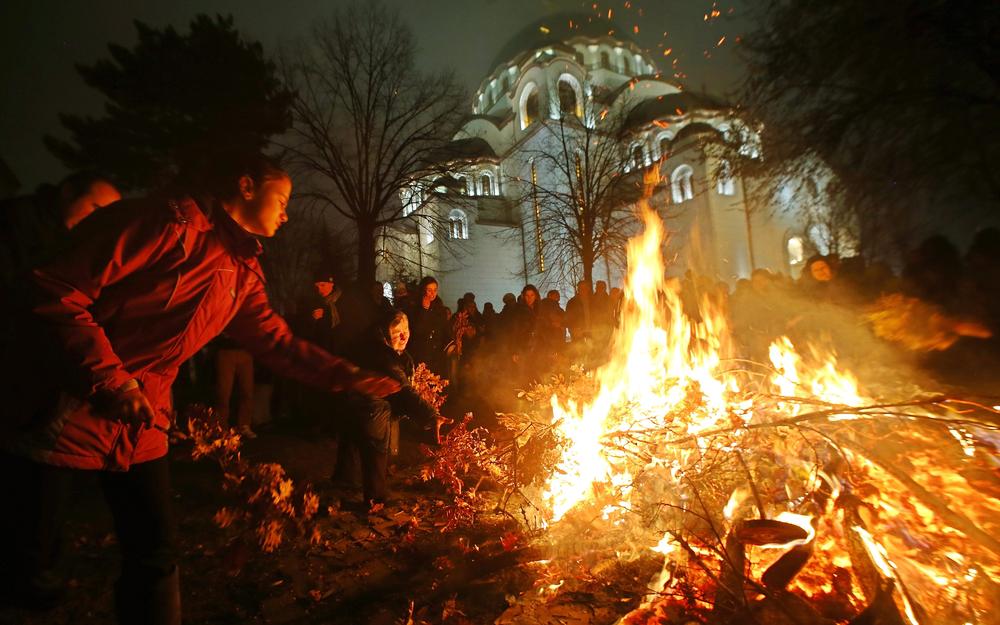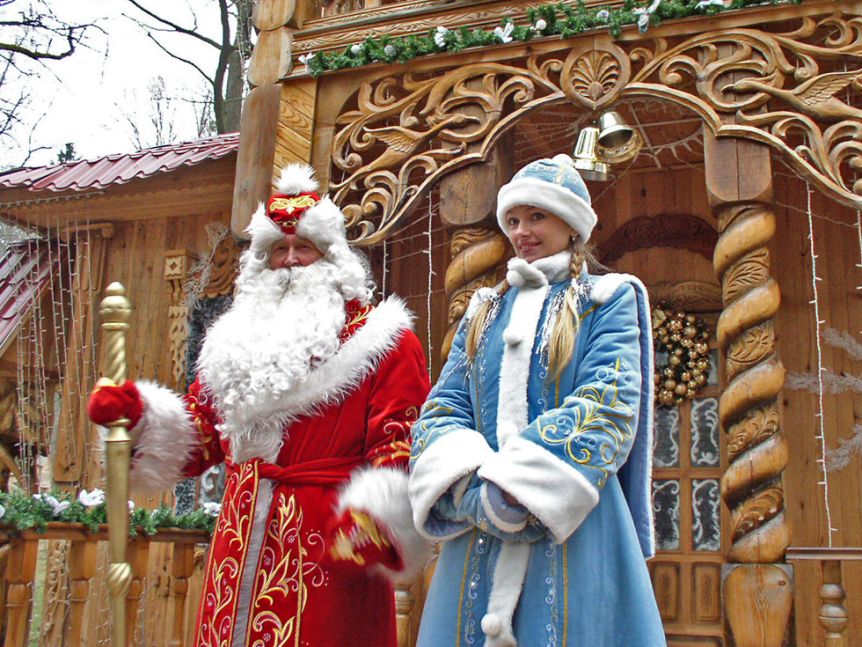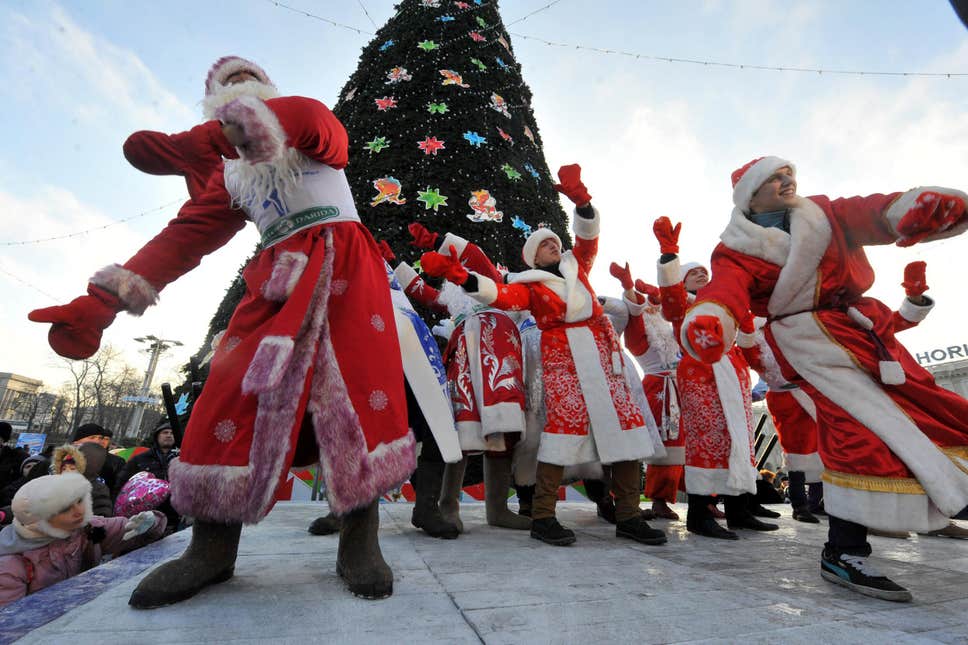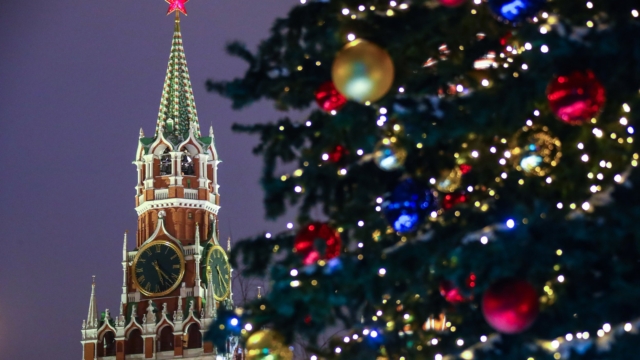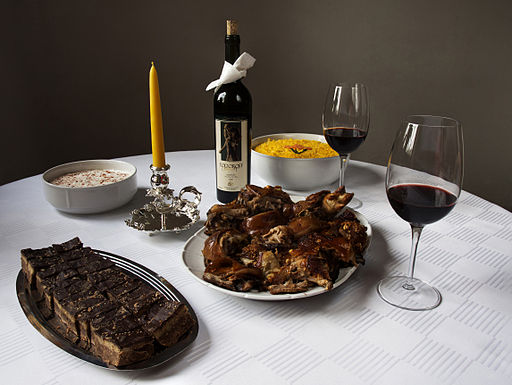Orthodox Christians all over the world annually celebrate Christmas Day on 7 January, according to the Julian Celandar that was used before the commonly observed Gregorian Calendar.
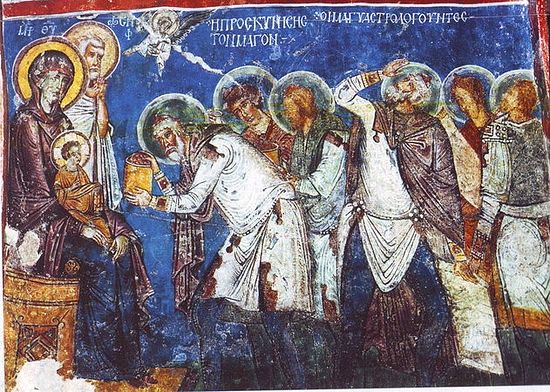
In 46 BC Julius Caesar introduced Julian Calendar (named after him) on the advice of a Greek astronomer from Ptolemaic Egypt, Sosigenes of Alexandria, who had calculated the lunar year. The calendar was the predominant calendar in the Roman world and most of Europe for more than 1,600 years.
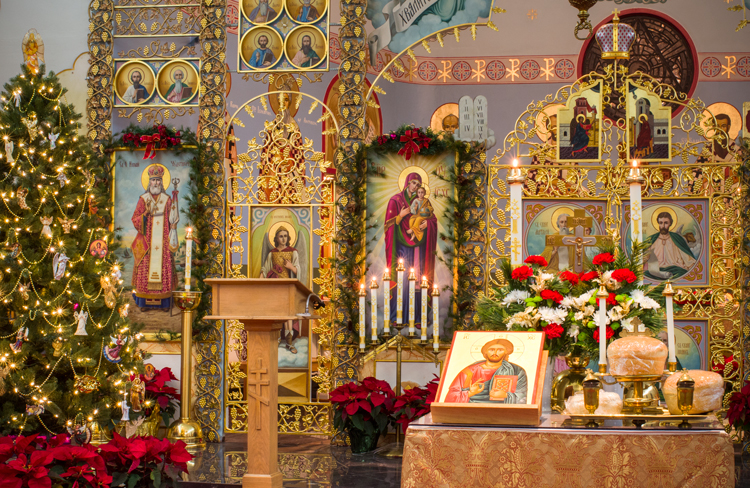
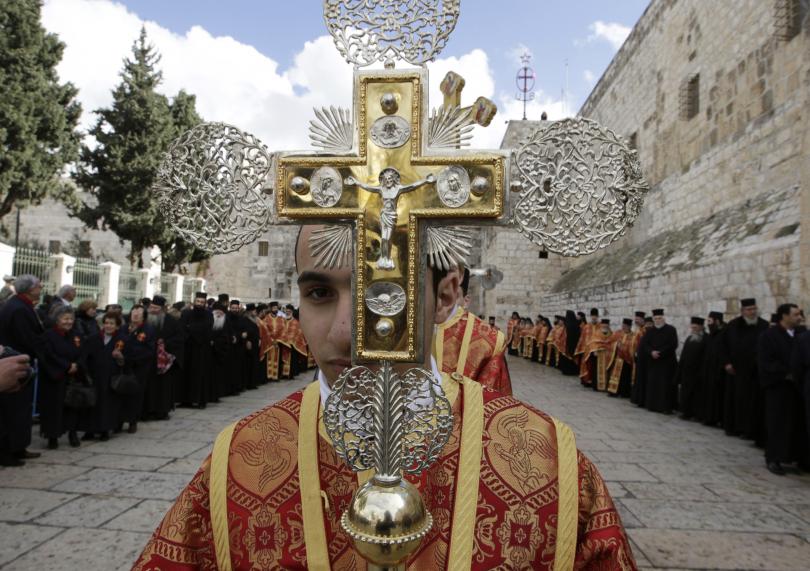
In order to correct the discrepancy of days accumulated with the Julian Calendar over the centuries, the Gregorian calendar that was introduced by Pope Gregory XIII, in 1582, and this is the one we still use today. He promulgated a minor modification, reducing the length of the average year from 365.25 days to 365.2425 days, thus correcting the drift against the solar year, that the inaccuracy of the Julian Calendar had caused during the intervening centuries. This means that there is a 13-day gap between the two calendars. Spain, Portugal, Poland, Italy and Luxembourg were the first nations to adopt the Gregorian Calendar. Worldwide adoption of this new, revised calendar took place over the subsequent centuries.
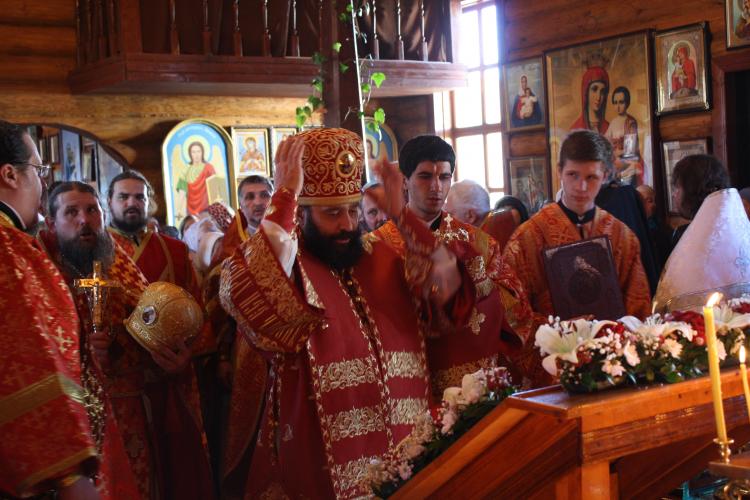
Some Orthodox countries, such as Greece, Cyprus and Romania changed calendars, and use 25 December as Christmas Day. However, they still hold celebrations on January 6, which are Epiphany and Christmas Eve, according to their old Julian calendar.
The countries where the populations are of Eastern Orthodox Church still celebrate Christmas on 7 January include: Russia, Ukraine, Israel, Egypt, Bulgaria, Georgia, Serbia, Belarus, Montenegro, Kazakhstan, North Macedonia, Ethiopia, Moldova.
The Armenian Apostolic Church observes Christmas on 6 January, as the country was not influenced by the Roman Empire or the Julian or Gregorian calendars.






